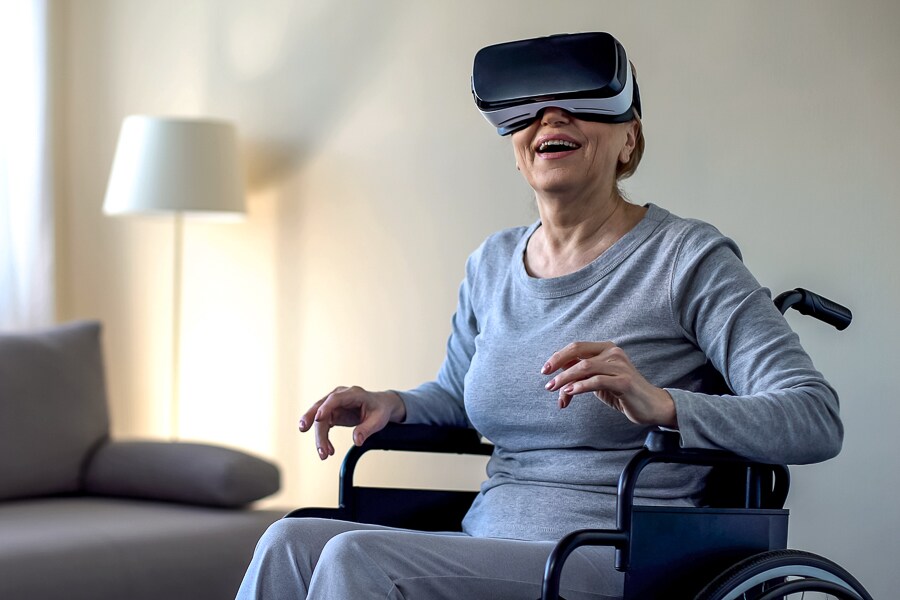
Storyboard18: How Microsoft is driving accessibility for persons with disabilities
The inequitable impact of the pandemic has made decreasing the gap in societal inclusion for people with disabilities more critical. Microsoft's chief marketing officer Hitu Chawla shares the global software major's efforts to reduce the 'disability divide'. A game-changing idea for 2022
 Increasing voices on the inequitable impact of the pandemic should become a tipping point for change towards a more accessible post-Covid world and drive disability consciousness among brand marketers. Representational image: Shutterstock
Increasing voices on the inequitable impact of the pandemic should become a tipping point for change towards a more accessible post-Covid world and drive disability consciousness among brand marketers. Representational image: Shutterstock
In 2019, Microsoft swept up major awards at international advertising festivals for ‘Changing the Game’, a campaign for the Xbox Adaptive Controller, which was made for gamers with limited mobility.
The controller was designed to make gaming more accessible, and the experience easier and enjoyable for people with disabilities. Designers used the feedback they got from gamers and disability advocates to shape the product’s features, including the packaging.
Gamers they spoke with provided valuable insights, including stipulations like ‘no teeth’. They said they use their teeth to open everything from cereal boxes to beer bottles. The adaptive controller’s box shouldn't require any teeth and gnawing to open.
There are more than 400 million gamers with disabilities across the globe. It would have been a huge miss if the people who made the controller hadn’t taken into account how the end-user would get to it. People with disabilities are the largest minority group in the world, with a collective global buying power of $8 trillion.
In just the past five years, brands across various categories such as technology, fashion and sportswear, beauty, and FMCG have turned their attention to the needs of people with disabilities, accelerating innovation and releasing inclusively designed products, services and campaigns. The pandemic has only further fuelled disability consciousness among brand marketers.






